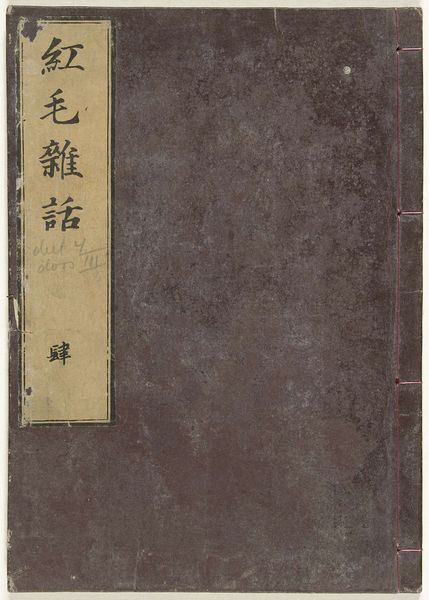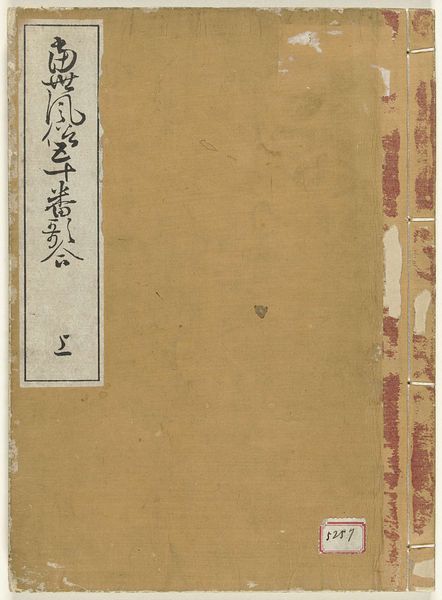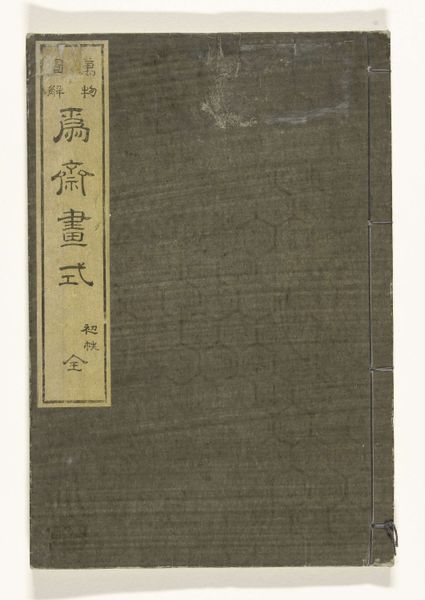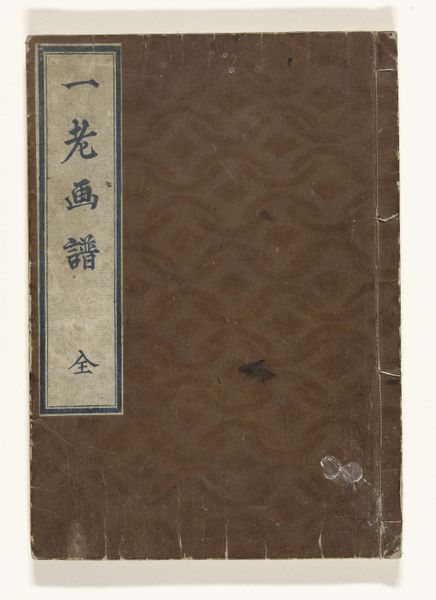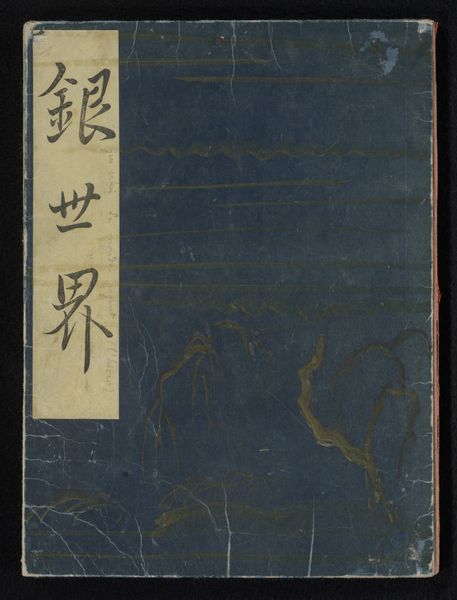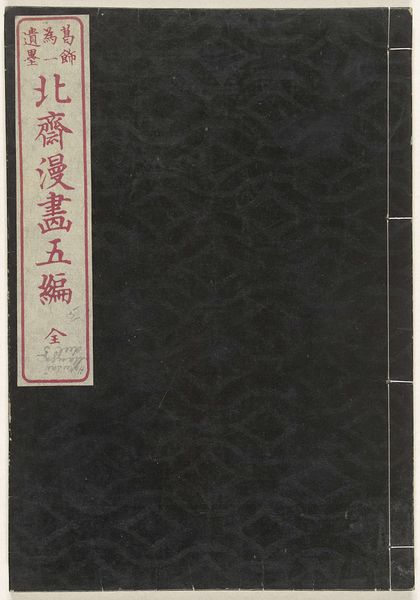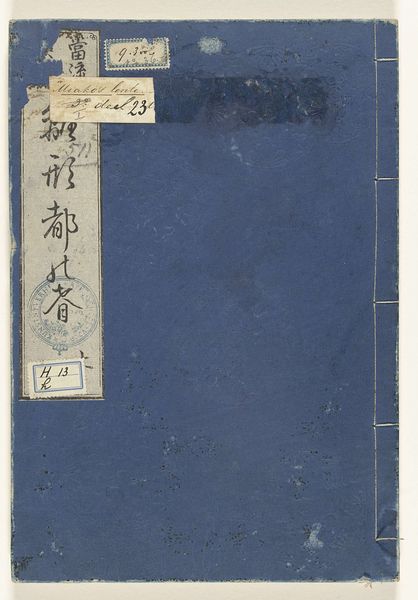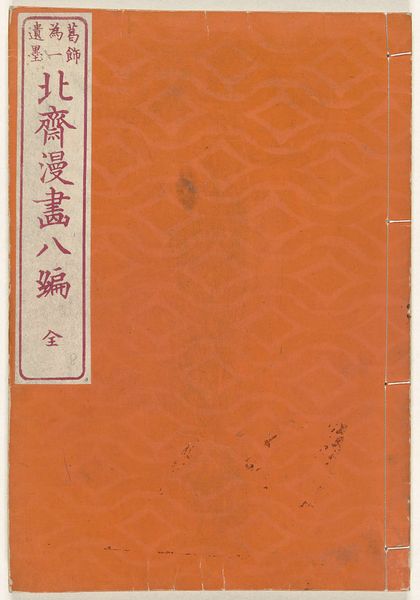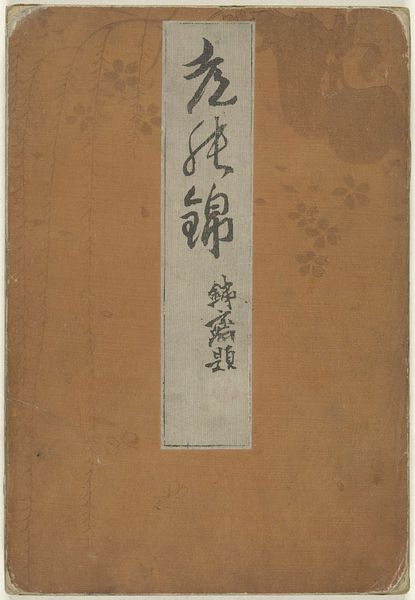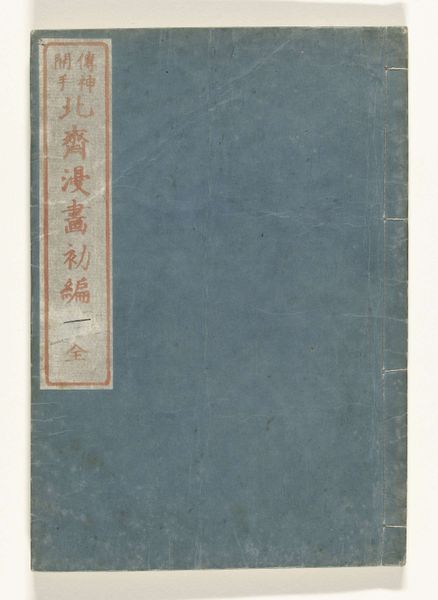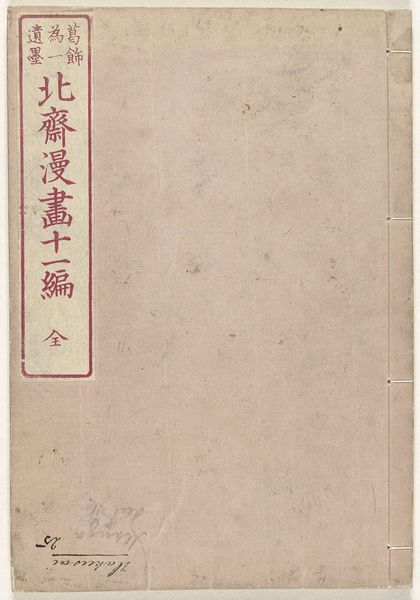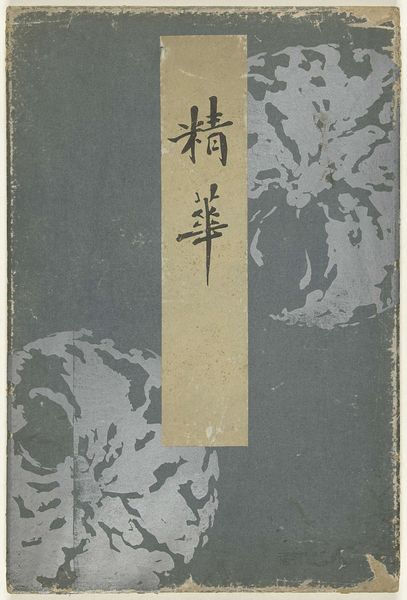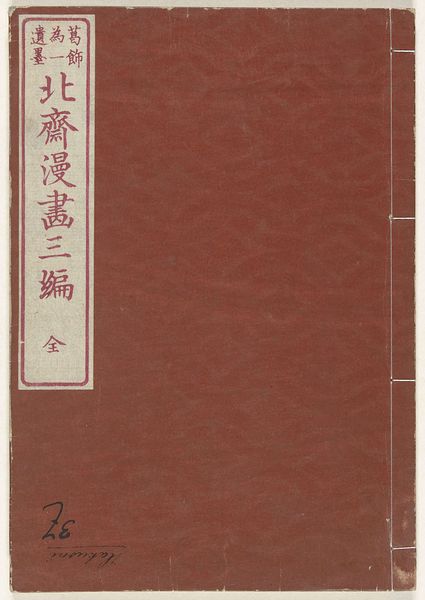
drawing, print, paper, woodblock-print
#
drawing
#
water colours
#
narrative-art
# print
#
asian-art
#
ukiyo-e
#
paper
#
woodblock-print
Dimensions: height 222 mm, width 156 mm
Copyright: Rijks Museum: Open Domain
Editor: So, here we have "Anecdotes of the Red-Haired Barbarians," a woodblock print from 1787, and it's attributed to an anonymous artist. The visible wear gives it a somewhat melancholic feel, as if the object itself carries the weight of history. What's your interpretation? Curator: That melancholy is well-placed, given the subject matter and context. "Red-Haired Barbarians" was a common epithet for Europeans at the time. How does understanding that impact your reading of the work? Editor: It definitely shifts my perspective! I suppose the wear and tear I see now could signify not just time passing, but also a fraught history of cultural exchange and potential conflict. The "anecdotes" promised in the title… were these viewed as positive interactions? Curator: That's precisely what we should question. The gaze here is crucial. This print participates in a larger discourse – one where identity is being negotiated through encounters with the "other". Consider, what power dynamics are at play when a culture represents outsiders in a way that possibly others them? Editor: I see, it's not just a record but an assertion of cultural identity, defining itself in contrast to those "barbarians." This book wasn’t created in a vacuum, right? It’s part of this whole historical moment… Curator: Exactly. Understanding its creation involves engaging with the complexities of cultural encounters, prejudices, and the politics embedded in representation itself. It asks us to consider the ethics of seeing and being seen. Editor: That's a much richer understanding than I started with. It really shows how an image can be loaded with so much cultural and historical meaning. Curator: Indeed, by looking critically at this artwork, we aren't just examining the past. We're also learning how representations continue to shape our perceptions and actions in the present.
Comments
rijksmuseum about 2 years ago
⋮
In Japan there was a small circle of scholars and interested individuals who were abreast of developments in Europe. In the 18th century, broad layers of the population could become acquainted with them through popular books, like this one by Morishima Churyo. He collected a wealth of information about Europe and presented it in an accessible manner to a general audience, for instance these details of insects under the microscope.
Join the conversation
Join millions of artists and users on Artera today and experience the ultimate creative platform.
